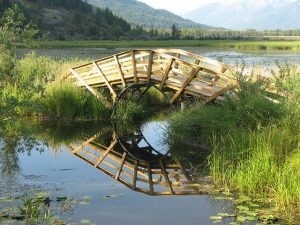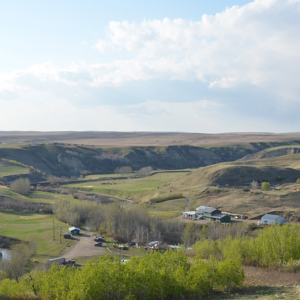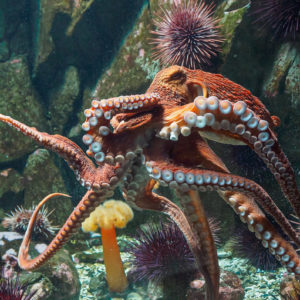Creston Valley Wildlife Management Area

Daniel Patterson, Guest Blogger.
This blog was written by guest blogger Daniel Patterson.
The Creston Valley Wildlife Management Area is an astounding piece of Canadian wetland, nestled between the mountains in the southwest corner of British Columbia. Saddling the south end of Kootenay Lake and continuing to the United States border, spanning 17,000 acres, this wetland protected area was established by the province in 1968 and is now home to more than 392 different species of wildlife. The area plays host to more than 100,000 birds at a time during migration, including the Greater White-fronted Geese and Tundra Swans, as well as a great many other migrating waterfowl.
The diverse landscape and well-populated areas around the site include the only known breeding ground in British Columbia for Forster’s Terns, and, similarly, are home to one of two known breeding populations of the Northern Leopard Frog in British Columbia. In the summer months, it’s also possible to find the American White Pelican – a species rarely found beyond the prairies – in the area.
The wetland is home to a great many ospreys, but as well to Western Grebes who are a provincially at-risk species (in May of 2010, approximately 1,000 – 1,500 were seen on Duck Lake during the migration period, likely the largest amount recorded at the wetland.)

Bridge and reflections at Creston Valley Wildlife Management Area, Creston, British Columbia. Flickr Photo by Arthur Chapman (CC BY-NC-SA 2.0)
Plant life is also abundant in and important to the wetland. Pondweeds, duckweed, arrowheads and watershield (dollar bonnet) are just some of the species of plants which thrive in the shallow and warm waters of the Creston Valley Wetland. Similarly, the exceptionally large density of aquatic plant life helps to provide many animals the necessities of life, including shelter, food and a healthy habitat, keeping land erosion at bay.
This, however, is not all the wetland provides – the wetland also is a great place for creatures of the human variety to spend the day exploring, with activities and guided tours provided by the park staff. Similarly, the Dewdney Trail has given the public and researchers access to the area. Before the designation of this area, the Ktunaxa nation – a population whose history in the Creston Valley can be traced back to over 10,000 years – was the only human population who inhabited the land.
The biodiversity of this wetland is amazing and plays a tremendous role in the fruitful existence and regeneration of species and animal life in the southern part of British Columbia. Protected by the Creston Valley Wildlife Management Area staff and volunteers, the wetland is preserved and treated with respect and care, fostering life for all living entities that inhabit the land.



